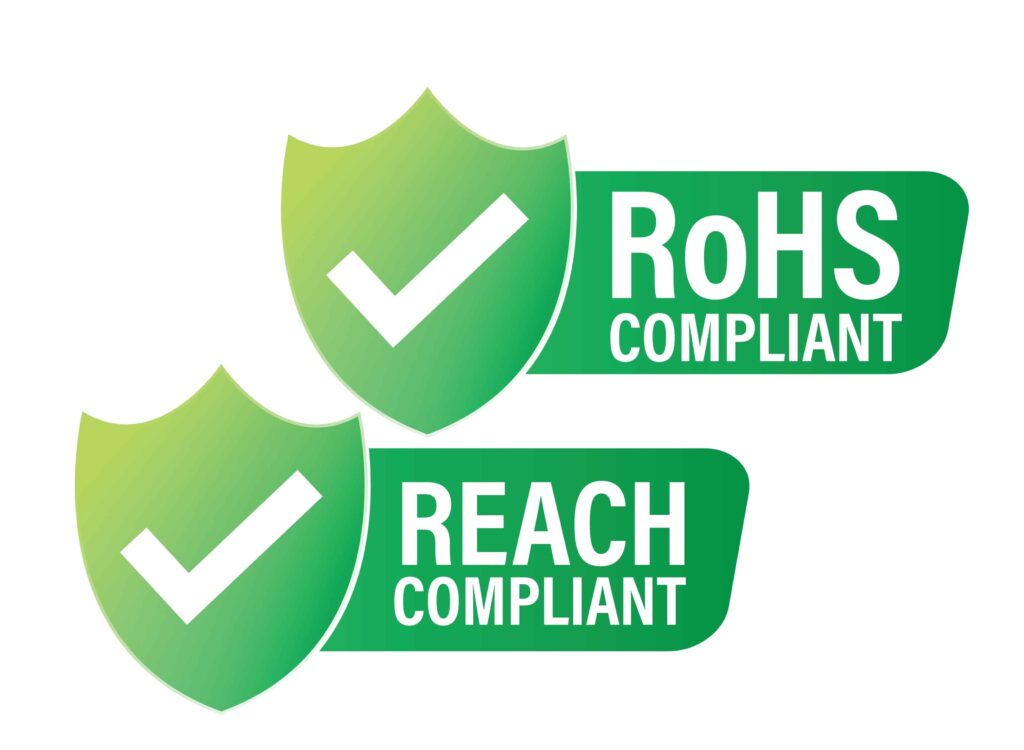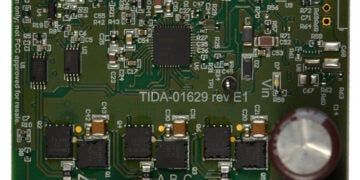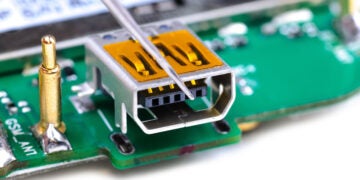
Why is RoHS and REACH compliance important?
There are no shortage of rules, regulations, standards, and guidelines that you must or should follow when designing and developing PCBs and electronics products. Many of these are in place to ensure interoperability, performance, and reliability. However, an increasing number of regulations primarily target the safety of end users, and others that could possibly be affected in the event of a contingency.
The European Union (EU) has been a leader in establishing safety standards for products made in or sold in EU countries. However, there are many other countries that have and are instituting similar regulations. Therefore, it is important for PCB designers and developers to understand what RoHS and REACH compliance are and how to design boards to satisfy their requirements, if necessary.
RoHS Compliance
The Restriction of Hazardous Substances or RoHS is a regulation adopted by the EU in 2003. Instituted as a directive in 2006, the intent of RoHS was to make electronics safer by restricting certain materials from the manufacturing process. Initially, six substances were covered under RoHS; however, through revisions, the list has grown to include 10 substances, which are listed below.
|
Restricted Substances Per RoHS Compliance |
|
|
Substance |
Common Electronic Product Uses |
|
Benzyl Butyl Phthalate (BBP) |
Wire insulation manufacturing |
|
Bis (2-Ethylhexyl) Phthalate (DEHP) |
Wire insulation manufacturing. medical device tubing |
|
Cadmium (Cd) |
Batteries, electronic equipment |
|
Dibutyl Phthalate (DBP) |
Wire insulation manufacturing |
|
Diisobutyl Phthalate (DIBP) |
Wire insulation manufacturing |
|
Hexavalent Chromium (Cr VI) |
Plating |
|
Lead (Pb) |
Soldering, components, cables, batteries |
|
Mercury (Hg) |
Switches, batteries |
|
Polybrominated Diphenyl Ethers (PBDEs) |
Plastic enclosures |
|
Polybrominated Biphenyls (PBBs) |
TVs, computer monitors |
For RoHS compliance, none of the banned substances listed above, which may potentially be found in electronic components, electrical wiring, cables, equipment, and enclosures, can be present in electronics products made in, imported into, or used in the EU. Lead, which is a primary material in many solders, is probably the most widely used restricted substance. RoHS compliance is acquired by completing the steps and obtaining a Certificate of Compliance. This enables manufacturers to label their products, indicating adherence to this directive.
REACH Compliance
REACH, which stands for Registration, Evaluation, Authorization, and Restriction of Chemicals, is also a regulation that restricts certain chemicals from being used in products sold and/or manufactured in the EU. However, RoHS only applies to Electronics and Electrical Equipment (EEE), while REACH extends to virtually all products. Consequently, there are 224 hazardous materials; including the 10 that RoHS specifies.
REACH also differs from RoHS in enforcement. For RoHS, each member country sets its own framework for handling non-compliance. For REACH, the European Commission oversees enforcement, and violating its provisions may result in civil or criminal penalties, up to incarceration.
PCB Design for RoHS and REACH Compliance
If your electronic circuit board or product will be used in the EU, even if all or some of its parts are manufactured or procured from elsewhere, RoHS and REACH compliance is required. Therefore, it is important to follow guidelines; such as those listed below, to avoid unnecessary redesign, manufacturing, and other post production costs, as well as any penalties that may be levied for failing to satisfy these safety requirements.
Guidelines for RoHS and REACH compliant PCBA Design
- ✅ Be aware of relevant restrictions and provisions.
- ✅ Select components from a reputable, reliable source.
- ✅ Communicate the need for RoHS and REACH compliant materials to your CM.
- ✅ Ensure your CM uses lead-free solder for PCB assembly.
- ✅ Make sure that cases and/or enclosures are RoHS and REACH compliant.
RoHS and REACH compliance is mandatory in the EU now. However, the implementation of similar restrictions is increasing around the globe. If you are not already impacted, the likelihood that your design process will need to incorporate guidelines like these is high.
If you’re looking for CAD models for common components or PCBA design guidelines to ensure RoHS and REACH compliance, Ultra Librarian helps by compiling all your sourcing and CAD information in one place. Working with Ultra Librarian sets up your team for success to ensure streamlined and error-free design, production, and sourcing. Register today for free.








